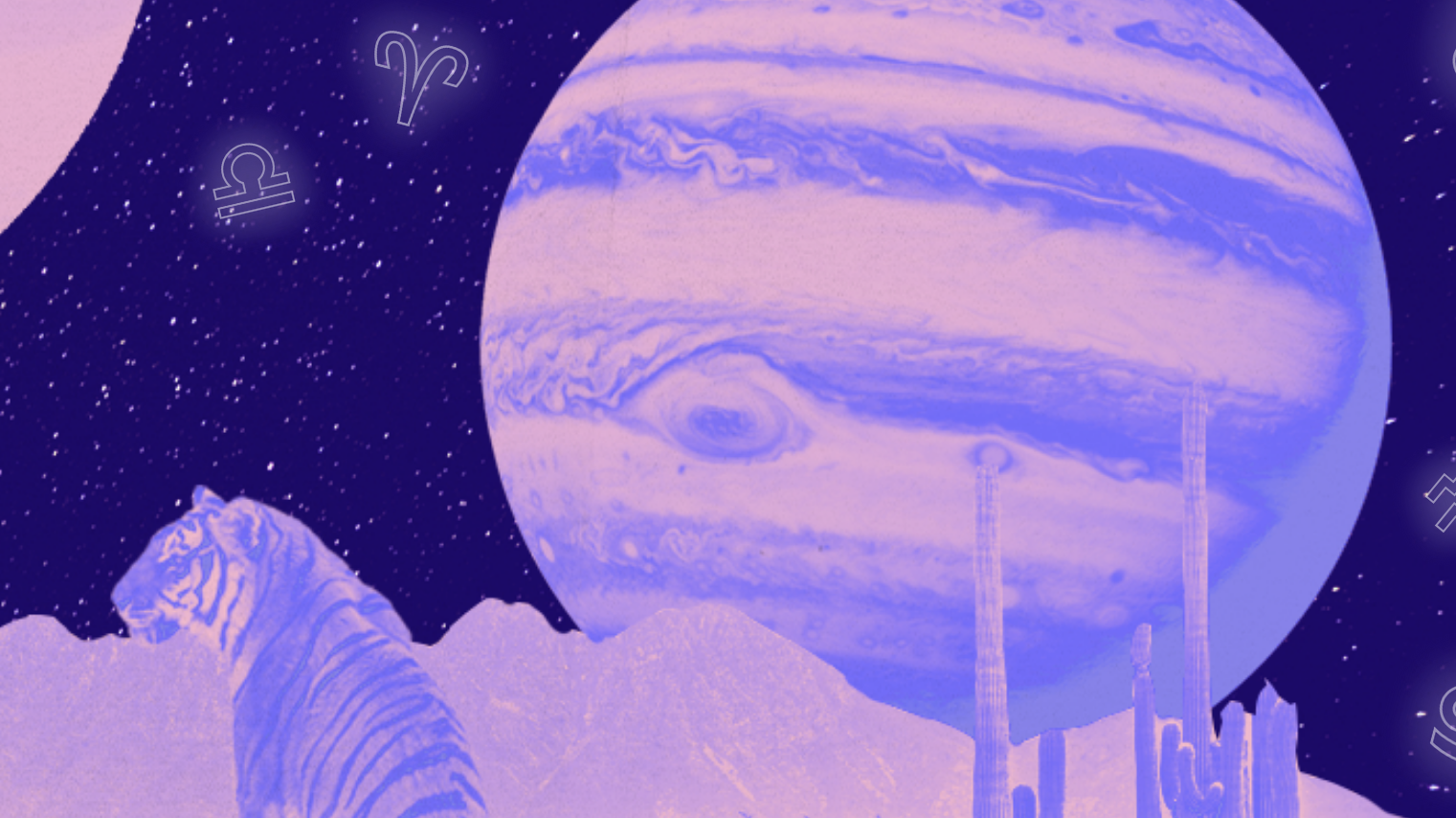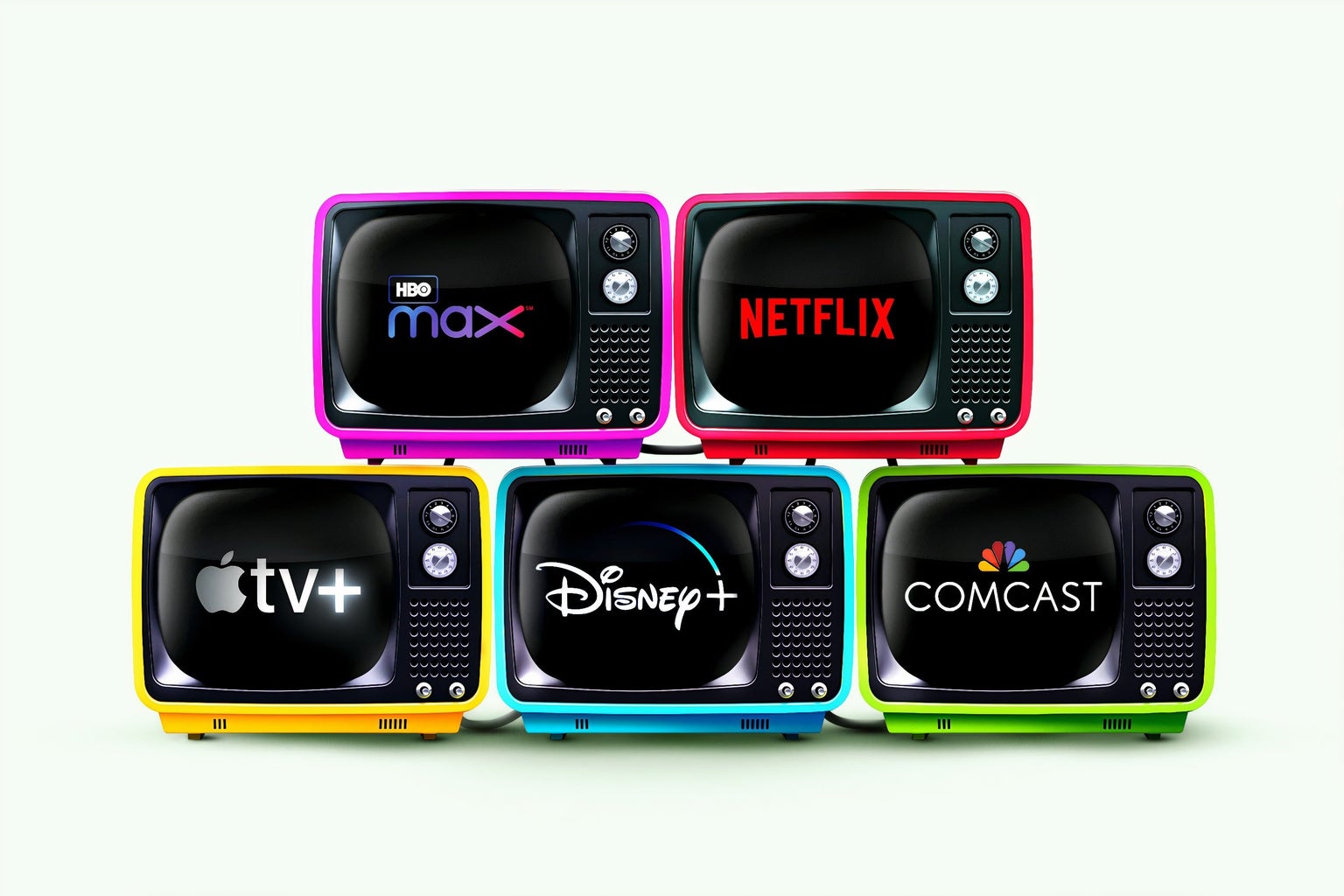In the past year, you may have seen “unique” artwork online; however, as you look closely at the picture, which is supposed to depict a woman sitting on a bench, instead, it shows a woman with an extra leg, multiple hands, and six fingers instead of five. As you look at the comments, you see that this is not art drawn by a person, but specifically artificial intelligence (AI). AI art platforms such as DALL-E, which runs on a text-to-image model, can have you type in “Van Gogh-styled Toronto skyline” and will produce artwork that shows the Toronto skyline mimicking the painting style of the famous Van Gogh.
So what is artificial intelligence?
AI is technology that has human characteristics, like the ability to learn from mistakes, reason, and problem-solve. The way this works is that “huge datasets are scraped together to train the AI, and through a technical process, the AI is able to devise new content that resembles the training data but isn’t identical.” Going back to our previous example of the Toronto skyline in Van Gogh’s painting style, the dataset will have images tagged with words mentioned in this phrase. For example, “Van Gogh” may be tagged in images of his paintings like “The Starry Night.”

The Bad AI
You may have noticed your favourite actors and writers picketing outside of studios this past summer. Topics including better wages, streaming services, and even the use of artificial intelligence (AI) were brought up for many of the negotiations between studio execs and the Writers Guild of America (WAG) and Screen Actors Guild – American Federation of Television and Radio Artists (SAG-AFTRA). After a 118-day strike, SAG-AFTRA came to an agreement, ending the strike. However, not all are happy with the agreement. Voice actors felt that they were left behind. The contract would affect employment-based digital replicas, independently created digital replicas, and synthetic performers. AI can be used to create a “digital likeness created from an actor,” replicate a voice actor long after their death, or use AI to create a voice from scratch. Consent is needed from voice actors if studios are going to create a digital likeness of their voice. Yet, at the same time, when it comes to changing a voice actor’s voice to a different language, consent isn’t needed. This puts AI back on the table. AI has the potential to make an entire industry of voice acting non-existent.
Why should we care?
I came across this CBC article called George Carlin AI comedy special is ‘ghoulish’ and ‘creepy,’ his daughter says where a YouTube channel is releasing videos using the voice of Carlin, who, FYI, has been dead since 2008. Using AI technology, one could have George Carlin say “slay” or “girlboss” and even comment on current politics. George Carlin’s daughter, Kelly Carline-McCall, mentions in the article that there was no permission or consent requested for using her father’s voice. According to Carlin-McCall, “It is not a very good impression. First of all, let’s just be honest about that,” she said. “I think it’s a way of skirting around the legal issue. And the problem is, is that there really isn’t a lot of legal clarity right now about this.” This is all new territory, and it seems that everyone is looking at their legal options.
The Good AI
Though we know a lot about AI being misused, we do see some good in its use. I think it would be fair to say that half of Canada had forest fires or was covered in smoke due to the forest fires last year. We see the Province of Alberta using AI technology in the fight against forest fires by predicting where a forest fire will ignite before it happens. This has the potential to “save up to $5 million a year.” During forest fires, resources often get stretched thin. The province is partnering with AltaML, a software company, which would assist in prioritizing resources in certain areas and addressing fires before they start using existing data. Here, we can see the potential of AI when it’s not being used to create content.
It doesn’t appear that AI is going away when it comes to the arts or trying to use the likenesses of dead relatives. It’s hard to say where the line in the sand is regarding AI, but government officials need to work fast to regulate this growing, unpredictable technology.


